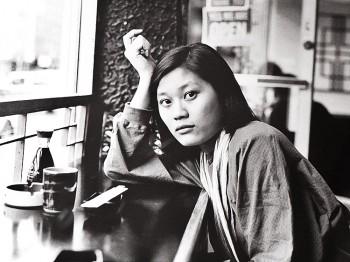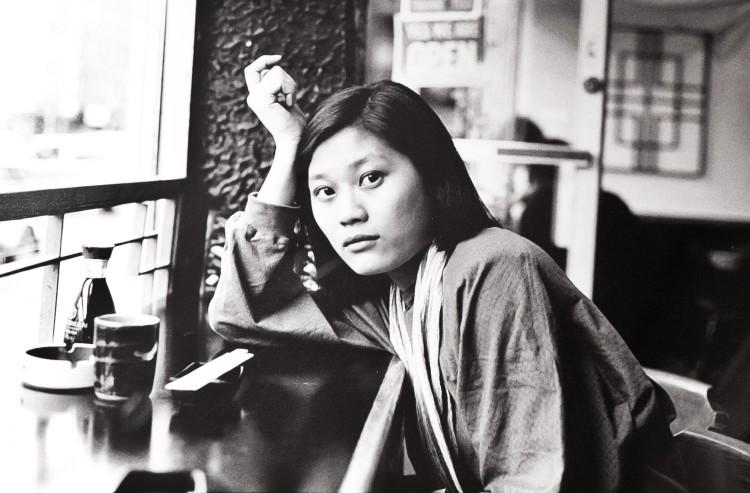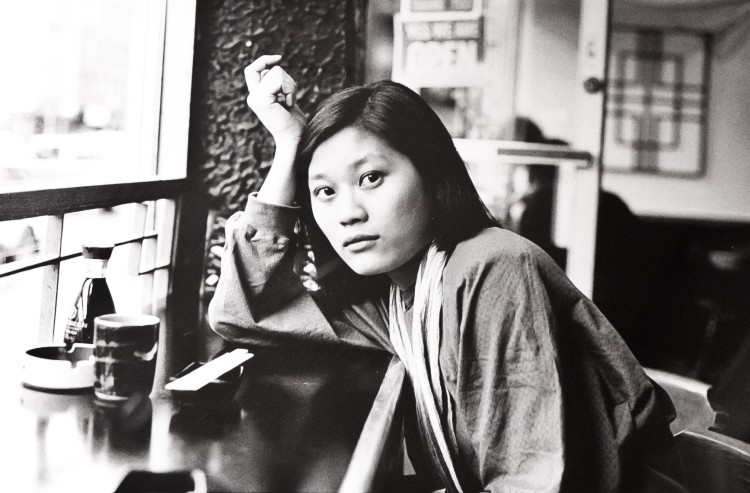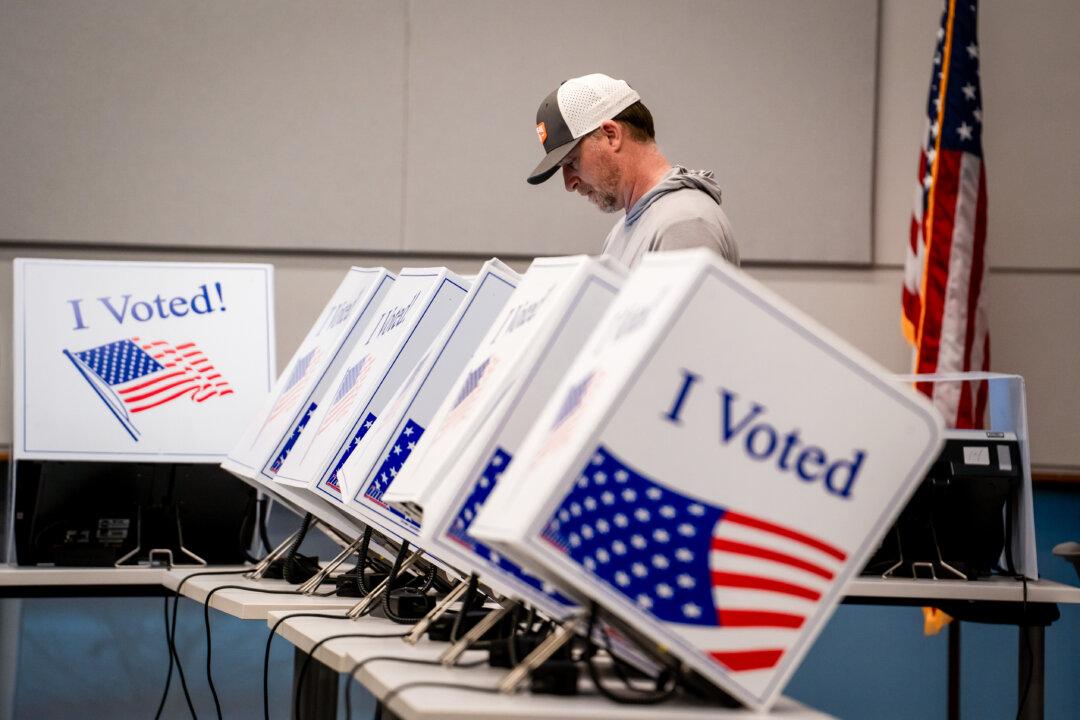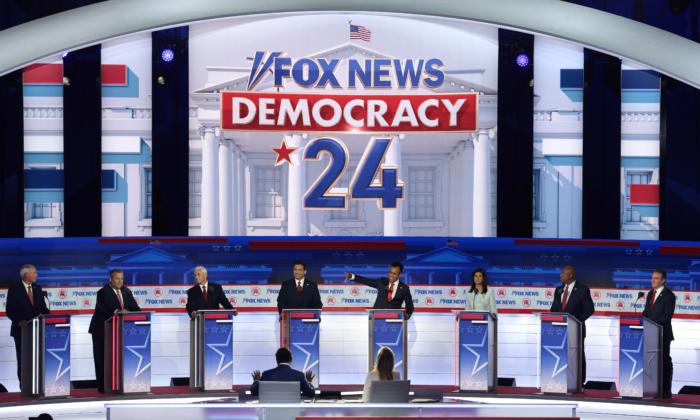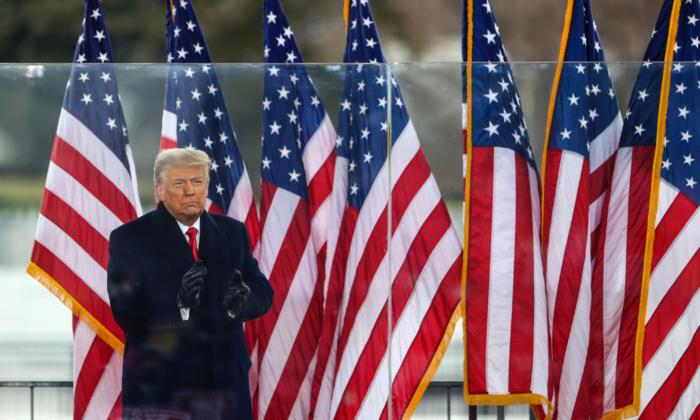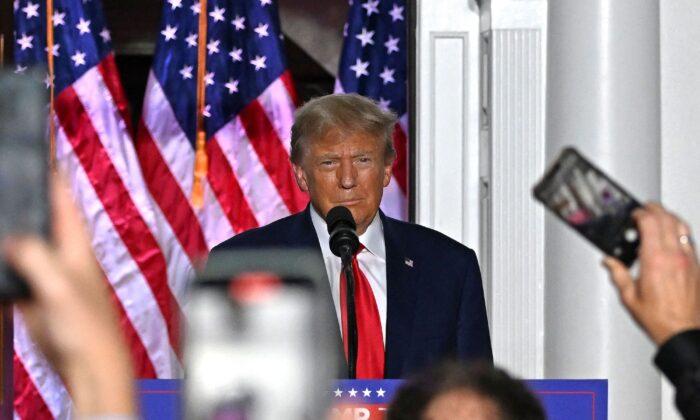Ai Weiwei, a renowned artist and Chinese dissident, was arrested at the Beijing International Airport on April 3. He was released on June 22. The Asia Society worked with the Three Shadows Photography Art Centre in Beijing to procure the works while he was in detention.
The exhibit, “Ai Weiwei: New York Photographs 1983–1993,” is a chronological documentation of the young artist’s life in Brooklyn and the Lower East Side, more than a decade before he was commissioned to design the Beijing National Stadium for the 2008 Summer Olympics.
The photographs, handpicked by the artist out of a collection of more than 10,000 negatives, capture the daily life of many Chinese artists who escaped to America during the 1980s. As they arrived in New York City with little money or connections, Ai Weiwei’s apartment on East Third Street became a common landing place.
Article continued after slide show
[etssp 383]
Many East Village artists are seen in the photos, with Allen Ginsberg, whose anti-establishment and anti-authoritarian views aligned with Ai Weiwei’s developing political awareness, depicted most frequently.
Although Ai Weiwei took more than 10,000 photos, he did not think much of the process.
“There’s no meaning. I just had the camera and took pictures. There’s not too much thought in it,” he said in an interview for the catalogue of the photographs.
The early works, from 1983 to 1988, are a playful documentary of people and places in New York City. Ai Weiwei admitted that during that period he was mostly bored and needed to do something to pass the time. From shoe-shiners in the basement of the World Trade Center, to street violinists in Greenwich Village, one gets a feel for the atmosphere of the city during the 1980s.
A shift occurred in 1988, as the artist’s neighborhood became a focal point for protests and urban decay. Ai Weiwei photographed many of the clashes between police, local residents, and the homeless in Tompkins Square Park during that time.
“I was interested in individual rights, group rights, and their relation to power—power in the form of the police control—and the resulting confrontations and abuse of those rights,” Ai Weiwei said in an interview for the catalogue.
There are several photos of police clashes during the early AIDS protests and housing rallies throughout New York City. Photographs of police brutality, bleeding protesters, and police charging toward crowds provide a close-up look at the state of the city at that time.
“I think what he was attracted to is the outspoken nature at the protests. … He would not have seen anything like that in China,” said Melissa Chiu, museum director at the Asia Society.
The artist’s recent arrest following his posts on Twitter critical of the Chinese Communist Party brought his name to the world stage, as many media outlets reported on the incident.
“No matter what happens, nothing can prevent the historical process by which society demands freedom and democracy. What can they do to me?” Ai Weiwei posted on his Twitter account days before he was arrested.
Following his release on June 22, he has remained silent and unwilling to speak to the press, stating that he is on “probation.”
“It is difficult for us to know what kind of conditions he agreed to upon his release. I think it is, however, all of our hope that he is able to continue to make art and to also to continue to speak out on issues he feels are important,” said Chiu.
The exhibit runs through August 14 at the Asia Society Museum.
